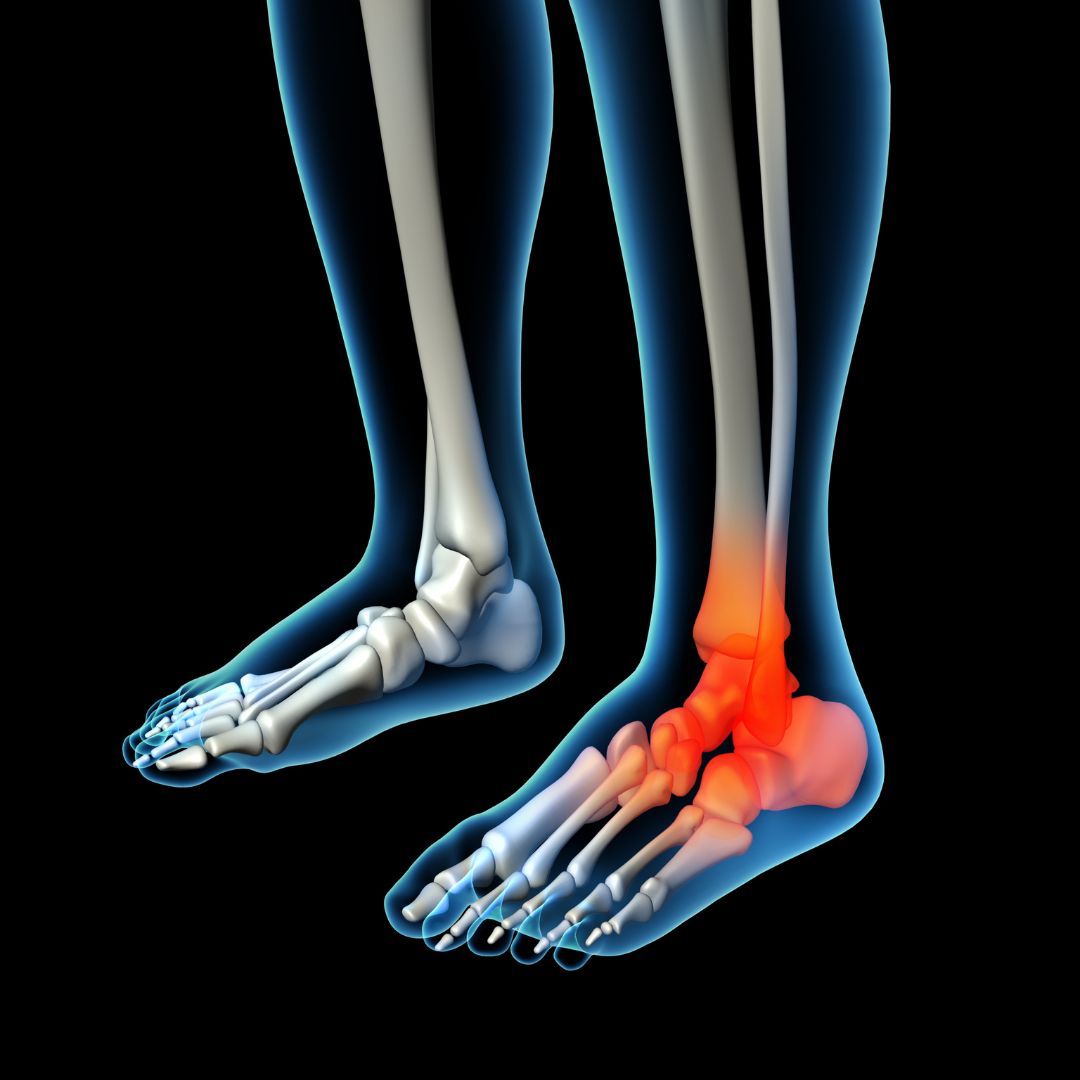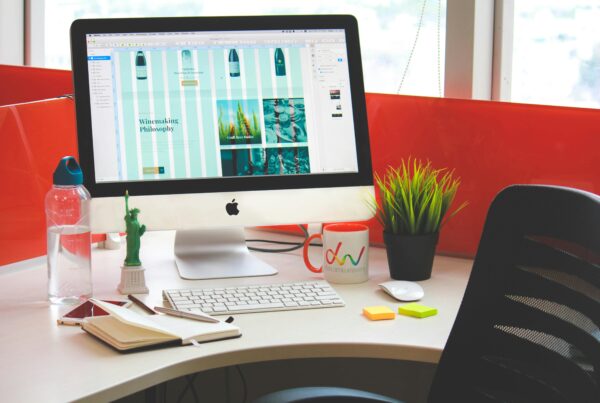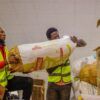Mr Lloyd Williams is a leading foot and ankle surgeon and one of Osteopaths for Industry’s expert team of musculoskeletal specialist advisers. With an extensive career that’s stretched over 35 years thus far, he’s operated on over 10,000 people with foot and ankle issues and has offered countless patients non-surgical treatment and advice.
“Your feet are one of the most overworked, underappreciated, and undervalued body parts, and they deserve your attention!”
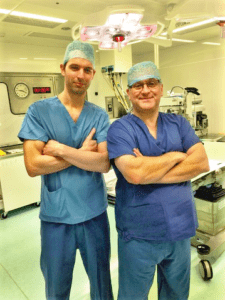
Lloyd Williams, MB BS FRCS (Tr&Orth)
London-Based, Leading Consultant Specialist Foot and Ankle Surgeon
When we’re rushing from meeting to meeting, dashing from work to school pick-up, or racing to catch the train, we tend to forget just how much work our feet are doing for us. However, our feet work hard for us every single day – especially when your job includes an aspect of manual handling.
That’s why Lloyd Williams is here to tell you why your feet are more important than you might have ever imagined.
Not Just a Footnote
Our feet are one of the most critical parts of our anatomy because they provide our bodies with a stable support base.
They also play a crucial role in movement and mobility, allowing us to walk, run, jump, and carry out many other manoeuvres. Without them, we couldn’t perform many everyday work activities, including tasks which involve manual handling.
The stable base our feet provide us with allows us to maintain proper balance and alignment and carry out safe manual handling activities. Furthermore, keeping your feet healthy can also improve your overall body posture and balance, which can help prevent other musculoskeletal injuries and conditions.
”In the words of Leonardo Da Vinci, the feet are “a masterpiece of engineering and a work of art”.
Good manual handling begins with your feet.
When lifting, pushing, or pulling heavy objects, the feet are responsible for providing us with a solid foundation that allows us to use the strength of our legs and core to complete a specific task. The foot’s arch and heel also act as shock absorbers, reducing the impact on the body and the risk of injury. Not only this, but the feet can sense vibrations, temperature, and pressure, helping adjust the body’s balance as and when necessary. For example, when lifting a heavy object, your feet will alter your centre of gravity and the position of your body in order to keep you stable.
Proper foot positioning and movement are essential for manual handling. Keeping your feet shoulder-width apart, with one foot slightly behind the other, will help you maintain good balance and alignment. You should also always make sure you keep your feet parallel to the object you’re lifting and keep the weight of your body over the midfoot and heel, which will help to distribute the weight of the load more evenly across your feet and reduce the risk of injury.
- Stability: Keeping the feet shoulder-width apart (with one foot slightly behind the other) provides your body with a stable base of support, helping to maintain proper balance and alignment. This allows you to use your legs and core strength more effectively, helping you complete the manual handling task.
- Weight Distribution: Keeping the body’s weight over the midfoot and heel helps to distribute the weight of the load more evenly across your feet. This reduces the risk of injury by preventing excessive stress on any one area of the foot.
- Reduced Risk of Injury: Proper foot positioning and movement also helps to reduce the risk of injuries such as sprains, strains, and fractures. When your feet are properly positioned, you’re much less likely to slip, trip, or fall, significantly reducing your chances of suffering an injury.
- Improved Efficiency: Maintaining a good foot position when manual handling also helps to improve efficiency. When you’re properly balanced and aligned, you can better use the strength of your legs and core to complete the task, which reduces the risk of injury and helps get the job done more quickly.
- Better Control: Having a good foot position and movement also gives you better control over the object you’re lifting, pushing, or pulling. This helps to prevent the object from slipping or moving unexpectedly, which can cause injury.
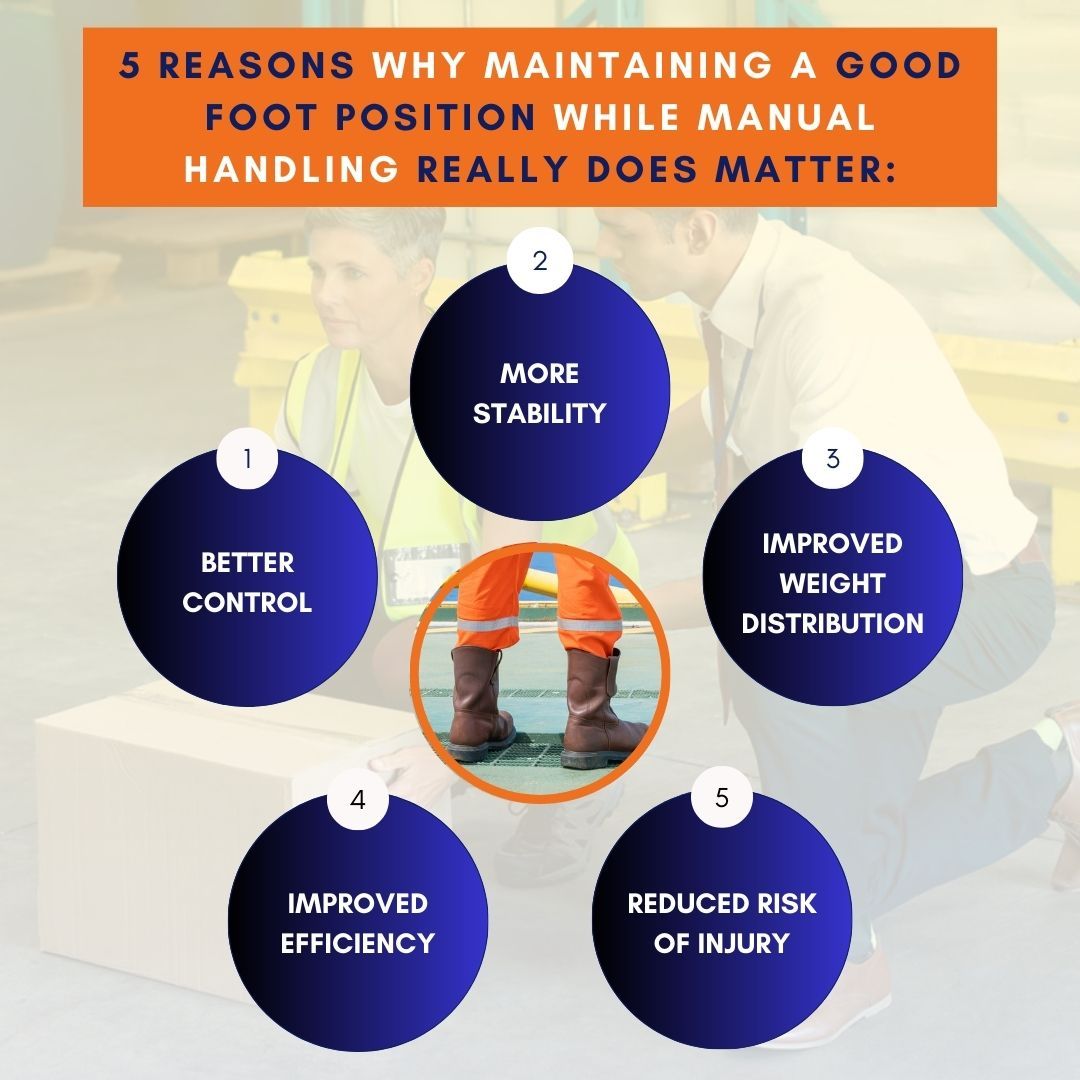
In summary, maintaining a good foot position is essential for safety, injury prevention, and more efficient and effective manual handling.
Shoes Matter. Be Fussy About Your Footwear!
- Slip-Resistant Soles: A slip-resistant sole is essential for providing good traction, which helps to prevent slips and falls.
- Toe Protection: Toe protection is important to protect your toes from falling objects or other hazards. Steel-toed or composite-toed boots are the best options for manual handling tasks.
- Good Support: Your footwear should provide good overall foot support, including arch and heel support. This will help reduce your risk of foot and ankle injuries and improve your overall comfort levels.
- Proper Fit: Your footwear should fit well and be comfortable to wear. Shoes that are too tight or loose can cause discomfort and increase your risk of injury.
- High Ankle Coverage: High ankle coverage can provide additional support and protection for the ankle, which can help to reduce the risk of sprains and strains.
- Breathable Material: The material of your footwear should be breathable. This will help prevent your feet from getting too hot and sweaty, which can cause discomfort and increase the risk of foot infections.
Examples of suitable footwear for manual handling include:
- Safety shoes.
- Safety boots.
- Work boots.
It’s also important to note that your footwear should always be well-maintained and in good condition. Worn-out or damaged footwear will only increase your risk of suffering an injury.
LLOYD WILLIAMS’ TOP TIP: Don’t be afraid to take off your shoes and flex those toes! Even though most of us rarely go without shoes or boots unless we’re in the comfort of our own homes or on holiday, feet function best in their natural, bare state.
In the foot’s natural shape, the heel and forefoot are level. However, most shoes elevate the heel, which can cause foot issues. Not only this, but the majority of footwear also constricts the movement of the toes when, in reality, the toes need to be able to extend, spread, and flex freely. So, get those feet out whenever you can!
- The average person takes about 10,000 steps a day, which adds up to about 115,000 miles in a lifetime. That’s the equivalent of walking around the Earth four and a half times!
- The human foot is made up of 28 bones, 33 joints, and more than 100 muscles, tendons, and ligaments.
- The arch (comprised of bones, muscles, and tendons) is one of the most important parts of the foot, as it helps absorb shock and distribute weight evenly. This means it’s critical to ensuring safe manual handling practice.
- Feet have more sweat glands per square inch than any other body part (over 250,000), which is why they have a bit of a reputation for getting smelly! Did you know that they can produce up to a pint of sweat a day?!
- Humans are the only animals that have arches in their feet. This is what makes us so good at walking and running.
- The big toe is the most important toe for aiding balance and movement, as it helps push off the ground while walking and running.
- The heel bone is the largest bone in the foot and should be the first point of contact with the ground when walking or running.
- Our feet can sense vibrations, temperature, and pressure, which is critical for us when carrying out any activity, especially those which involve manual handling. This is why we can feel different textures and surfaces beneath our feet without looking down at the ground.
- The skin on the soles of our feet is about three times thicker than the skin on the rest of the body.
- The Achilles tendon, which connects the calf muscle to the heel bone, is the strongest tendon in the body and can withstand forces of up to 1,000 pounds.
- The world’s largest feet on a living person belong to Jeison Orlando Rodriguez Hernandez, from Venezuela, whose feet measure 38.1cm long – that’s 1 foot 3 inches!
- Feet have more bones than any other body part, with 28 bones in each foot.
- Some people are born with extra toes or fingers. This condition is known as polydactyly. In some cultures, this is thought to bring good luck and wealth, whereas others view it as a marker of witchcraft.
The Key Takeaways
Feet are essential to our everyday lives. Forming the body’s foundation, they help us move around, stand, walk, and perform all the postural manoeuvres we need to ensure safe manual handling practice. This means that their proper care and maintenance is crucial for maintaining our overall health and wellbeing. As one of the most fascinating and important parts of our anatomy, they’re critical to our survival, which is why it’s so important you look after yours.
Don’t ignore foot symptoms – the earlier you have a problem diagnosed, the earlier it can be managed and the sooner the condition will improve!
If you think you’re experiencing problems that don’t seem to be connected to your daily activities, don’t hesitate to consult an orthopaedic foot specialist as foot issues can be indicative of other health issues.
Mr Lloyd Williams, Consultant Foot and Ankle Surgeon
If you’d like to learn more about Osteopaths for Industry’s specialist foot and ankle surgeon, Mr Lloyd Williams, you can visit his profile here.
Have your feet been bothering you? Are you wondering whether you should get them looked at? Get Lloyd Williams’ advice here.


